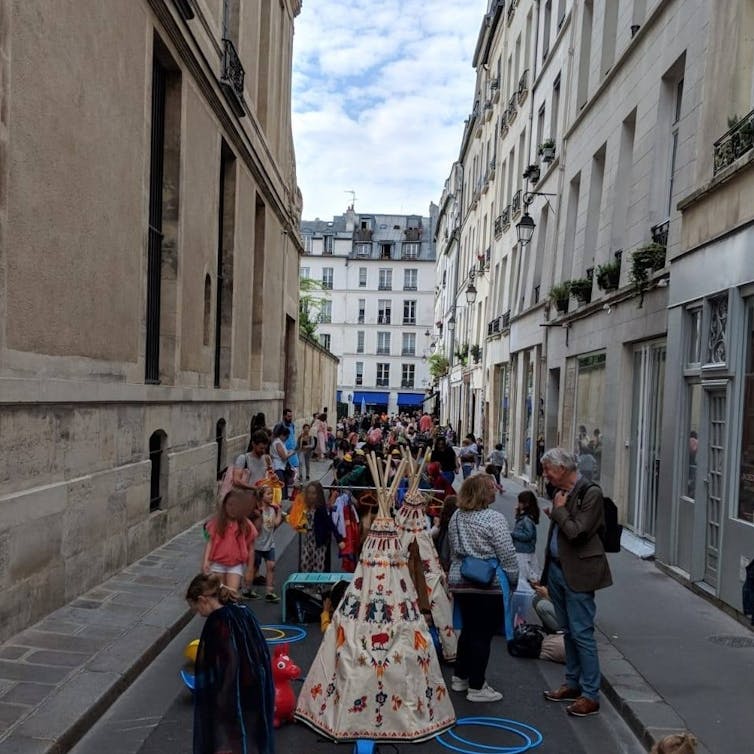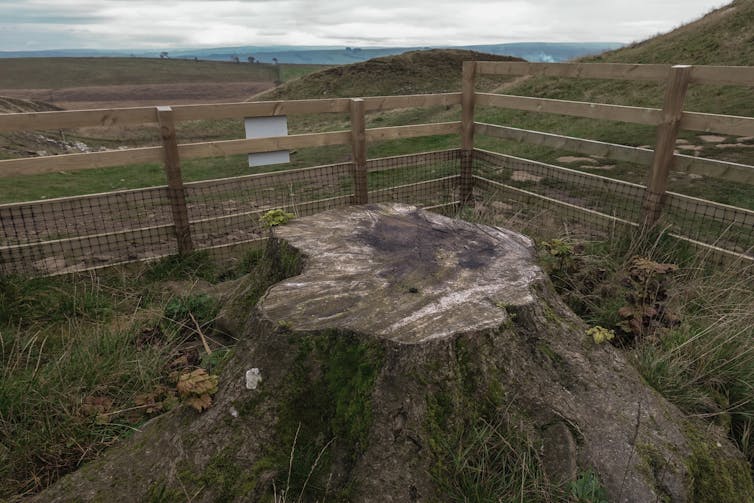Source: The Conversation – UK – By Antony Black, Lecturer, Life Sciences, University of Westminster
Blindness, pneumonia, severe diarrhoea and even death – measles virus infections, especially in children, can have devastating consequences. Fortunately, we have a safe and effective defence. Measles vaccines are estimated to have averted more than 60 million deaths between 2000 and 2023.
Yet despite this success, measles cases are rising sharply in the UK and around the world. This global surge is the result of several factors, from vaccine hesitancy to missed immunisation campaigns, leaving many children unprotected and vulnerable.
But there’s more at stake than just measles itself. Emerging research suggests that the measles vaccination may offer surprising additional health benefits. Children who receive the vaccine have been shown to have a significantly lower risk of infections from diseases unrelated to measles.
Get your news from actual experts, straight to your inbox. Sign up to our daily newsletter to receive all The Conversation UK’s latest coverage of news and research, from politics and business to the arts and sciences.
One explanation for this broader benefit is the idea of “measles amnesia.” This refers to the ability of the measles virus to erase parts of the body’s immune memory.
Our immune system contains various cells that protect us from infections. Some produce antibodies that neutralise viruses, while others detect and destroy infected cells. Immune memory allows the body to “remember” past infections and mount faster responses in the future.
However, measles infection may reduce the number and diversity of these memory cells – leaving children vulnerable to a wide range of diseases they had previously developed immunity to. In other words, the virus doesn’t just make children ill in the short term, it may also undo years of immune protection.
In one study, researchers found that between 11% and 73% of antibodies targeting other diseases were lost after a measles infection in unvaccinated children. This immune depletion was not observed in children who had received the vaccine, suggesting that vaccination protects against this damaging effect.
This broad loss of immune protection may explain why measles outbreaks are often followed by spikes in other infectious diseases. Ongoing studies are exploring the impact of measles amnesia in regions such as West Africa, where measles and other infections remain widespread.
A vaccine that does more?
Another theory for the vaccine’s broader benefit is known as the “non-specific effect”. Unlike measles amnesia, which explains how the virus weakens immunity, the non-specific effect suggests that the measles vaccine actively strengthens the immune system against a wide range of pathogens.
Recent research has shown that measles vaccination may enhance the function of certain immune cells, making them more effective at fighting off other diseases. Some scientists believe this effect, rather than protection against amnesia alone, could be the primary reason why vaccinated children have better overall health outcomes.
The measles vaccine is a live attenuated vaccine, which means it uses a weakened version of the virus to stimulate a strong immune response. Live vaccines, including the BCG vaccine for tuberculosis, are known to provide broad immune training effects, which may explain this non-specific protection.
Forgotten the dangers
In the 1960s, before widespread vaccination, measles caused around 2.6 million deaths per year. It’s hard to imagine today, but that’s partly the problem.
As measles became rare, society began to forget how serious it is. We forgot how contagious it is (one infected person can spread the virus to up to 90% of nearby unvaccinated people) and we forgot how effective vaccination is (two doses provide more than 90% long-term protection).
And in some circles, this fading memory has been replaced by something more dangerous: mistrust. Misinformation, vaccine myths, and anti-vaccine rhetoric are spreading, just like the virus itself.
So, whether the additional protection offered by the vaccine is due to prevention of immune amnesia, a non-specific immune boost, or both, the takeaway is the same: Vaccinate children against measles. Because when we protect them from measles, we may also be protecting them from so much more.
![]()
Antony Black does not work for, consult, own shares in or receive funding from any company or organisation that would benefit from this article, and has disclosed no relevant affiliations beyond their academic appointment.
– ref. Measles isn’t just dangerous – it may erase your immune system – https://theconversation.com/measles-isnt-just-dangerous-it-may-erase-your-immune-system-261136


















